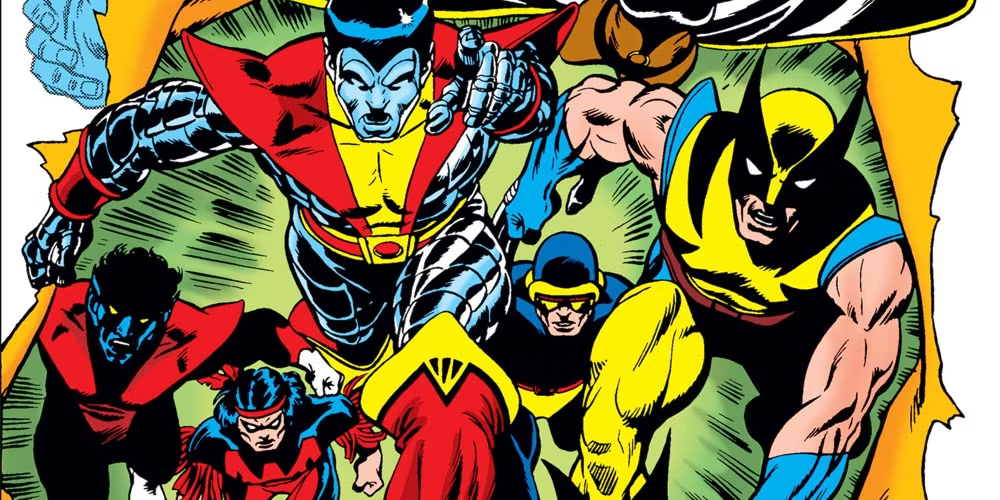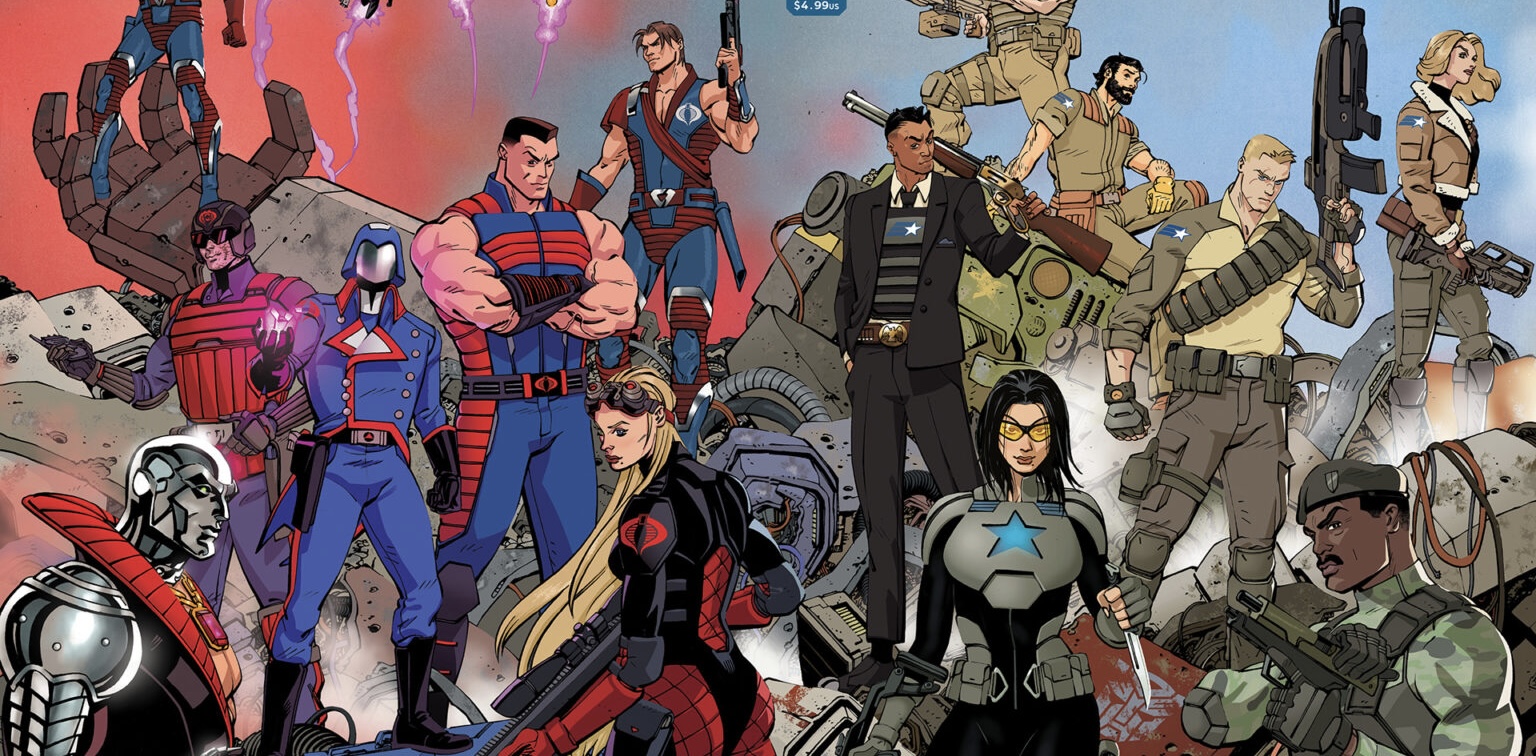The Bronze Age of Comics, spanning from the early 1970s to the mid-1980s, was a period marked by significant changes in the comic book industry. This era bridged the gap between the more simplistic and morally clear Silver Age and the darker, more complex Modern Age. During the Bronze Age, comic books began to tackle more mature themes and social issues, reflecting the changing cultural landscape of the time. This period also saw the introduction of new characters and the evolution of established ones, along with notable contributions from key writers and artists.
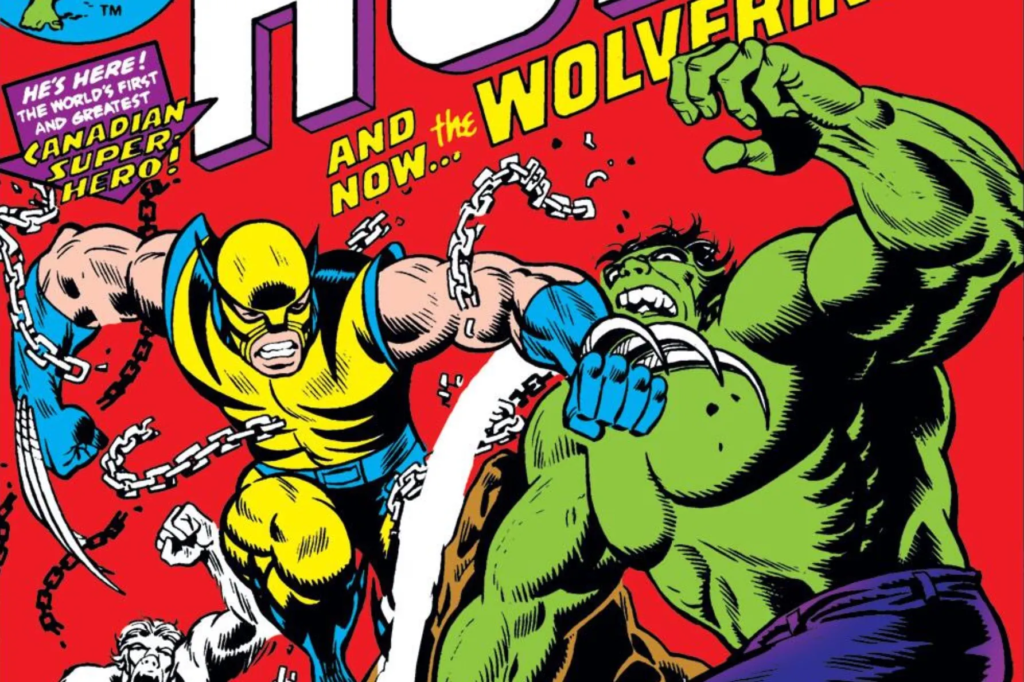
Origins and Notable First Appearances
The Bronze Age is often considered to have begun with the publication of Green Lantern/Green Arrow #76 in April 1970, written by Dennis O’Neil and illustrated by Neal Adams. This landmark issue tackled contemporary social issues, such as drug addiction and racism, setting a new tone for comic book storytelling.
Several key characters and series made their first appearances during the Bronze Age:
Wolverine: Introduced in The Incredible Hulk #180-181 (1974) by writer Len Wein and artist Herb Trimpe, Wolverine became one of Marvel’s most popular characters, known for his complex personality and anti-heroic traits.
Swamp Thing: First appeared in House of Secrets #92 (1971), created by writer Len Wein and artist Bernie Wrightson. Swamp Thing explored horror themes and environmental issues, setting a precedent for more mature storytelling.
The Punisher: Debuted in The Amazing Spider-Man #129 (1974), created by writer Gerry Conway and artists John Romita Sr. and Ross Andru. The Punisher’s vigilante justice and morally ambiguous nature reflected the darker tone of the era.
Luke Cage: Introduced in Luke Cage, Hero for Hire #1 (1972) by writer Archie Goodwin and artist George Tuska, Luke Cage was one of the first African-American superheroes to star in his own series, addressing issues of race and urban crime.

Major Comic Book Companies
The Bronze Age saw significant contributions from the two major comic book companies, Marvel and DC, as well as the rise of independent publishers.
DC Comics: DC continued to evolve its characters and storytelling approaches. The company revitalized Batman with the work of writer Dennis O’Neil and artist Neal Adams, returning the character to his darker, detective roots. DC also introduced *The New Teen Titans* by Marv Wolfman and George Pérez, which became one of the most popular titles of the era.
Marvel Comics: Marvel maintained its momentum from the Silver Age with a focus on more complex and flawed characters. The X-Men, under the creative direction of writer Chris Claremont, became one of the most influential series of the era, dealing with themes of prejudice and personal struggle.
Independent Publishers: The Bronze Age also saw the emergence of independent publishers like Dark Horse Comics and Pacific Comics, which provided a platform for more experimental and diverse storytelling.
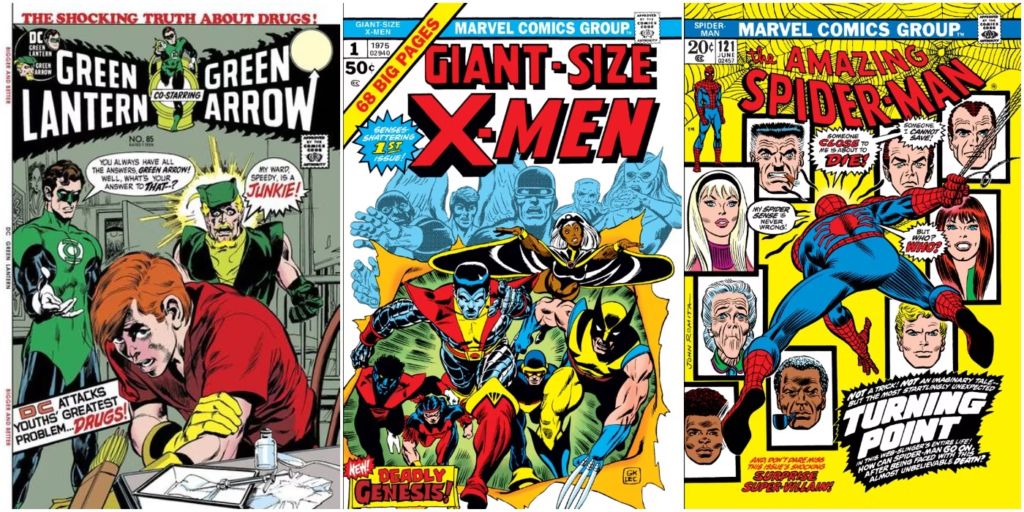
Key Writers and Artists
The Bronze Age featured many influential writers and artists who shaped the direction of the industry:
Dennis O’Neil: A key figure at both Marvel and DC, O’Neil is best known for his work on Green Lantern/Green Arrow and Batman. His socially conscious stories and complex characters helped redefine superhero comics.
Neal Adams: As an artist, Adams brought a more realistic and dynamic style to comic books. His work on Batman and Green Lantern/Green Arrow set new standards for comic book art.
Chris Claremont: Claremont’s lengthy run on Uncanny X-Men is legendary, characterized by intricate plots, deep character development, and social commentary. His stories expanded the X-Men universe and introduced iconic characters like Phoenix and Rogue.
Frank Miller: Miller’s work on Daredevil and later The Dark Knight Returns pushed the boundaries of the medium, introducing darker themes and more sophisticated storytelling techniques.
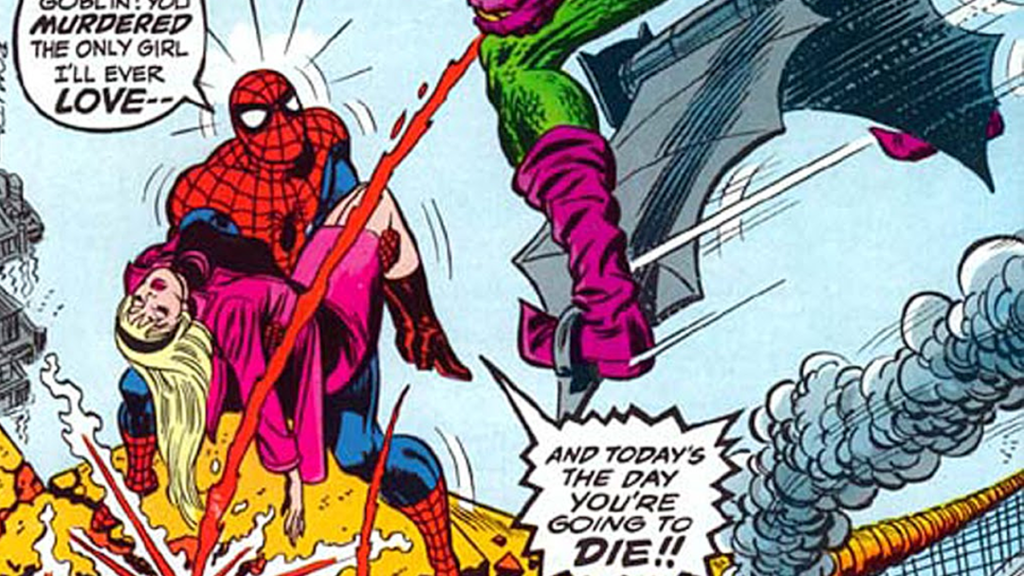
The Bronze Age of Comics was deeply influenced by the social and political climate of the 1970s and 1980s. The Vietnam War, civil rights movement, and growing public awareness of issues like drug addiction and urban decay were reflected in the stories of this era. Comics began to address more mature themes, moving away from the clear-cut morality of the Silver Age.
The portrayal of superheroes also evolved. Characters like Spider-Man and the X-Men dealt with personal struggles and societal issues, making them more relatable to readers. The Bronze Age also saw the rise of anti-heroes like Wolverine and the Punisher, who operated in moral grey areas and reflected a more cynical view of justice.
The Bronze Age of Comics was a period of significant change and growth for the comic book industry. The era’s willingness to address mature themes and complex characters set a new standard for storytelling, influencing subsequent generations of writers and artists. The Bronze Age’s impact on popular culture is still felt today, with many of its characters and storylines continuing to resonate with audiences. From the socially conscious stories of Green Lantern/Green Arrow to the epic sagas of the X-Men, the Bronze Age laid the foundation for the modern comic book landscape and remains a pivotal chapter in the history of comics.

